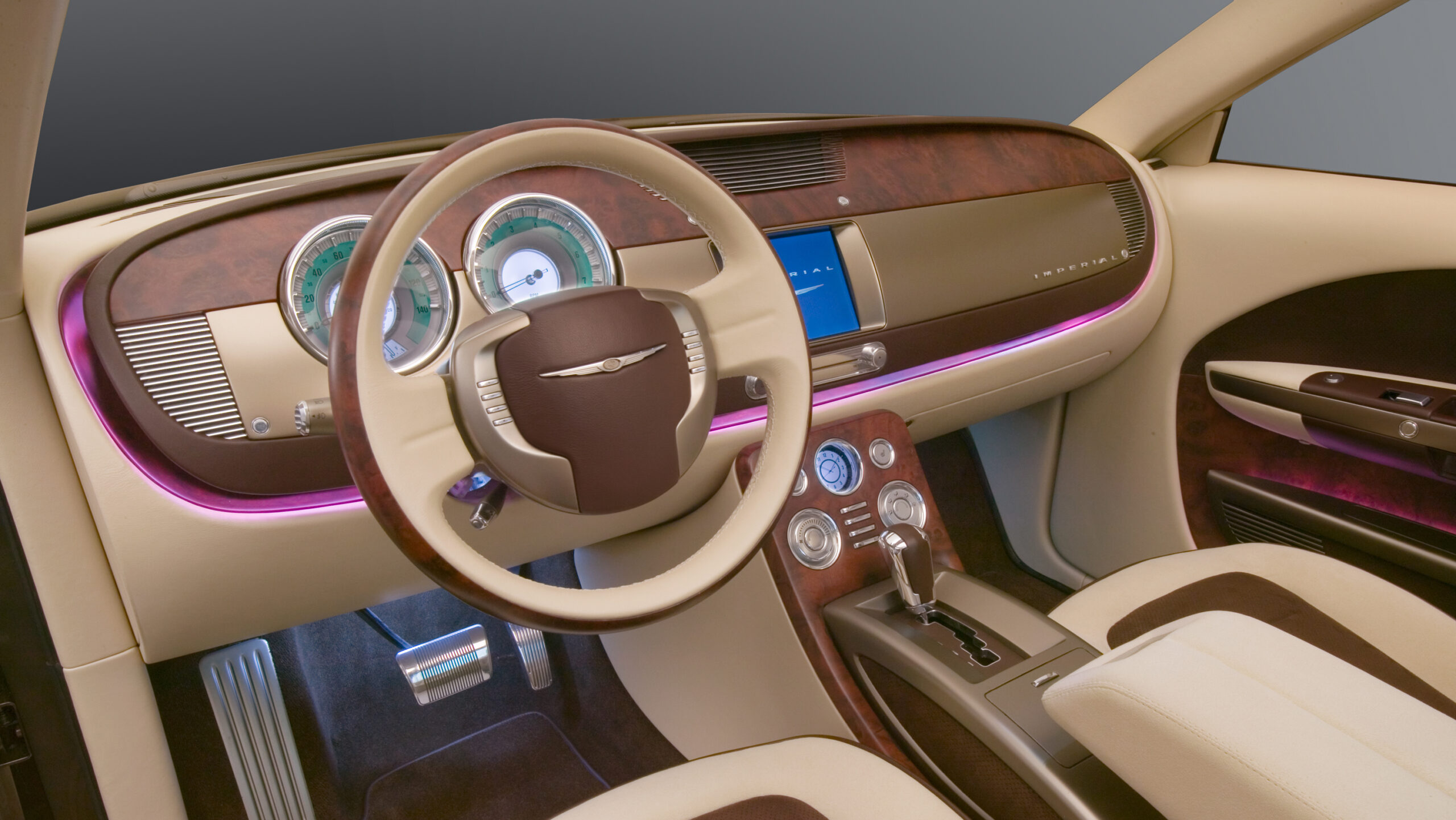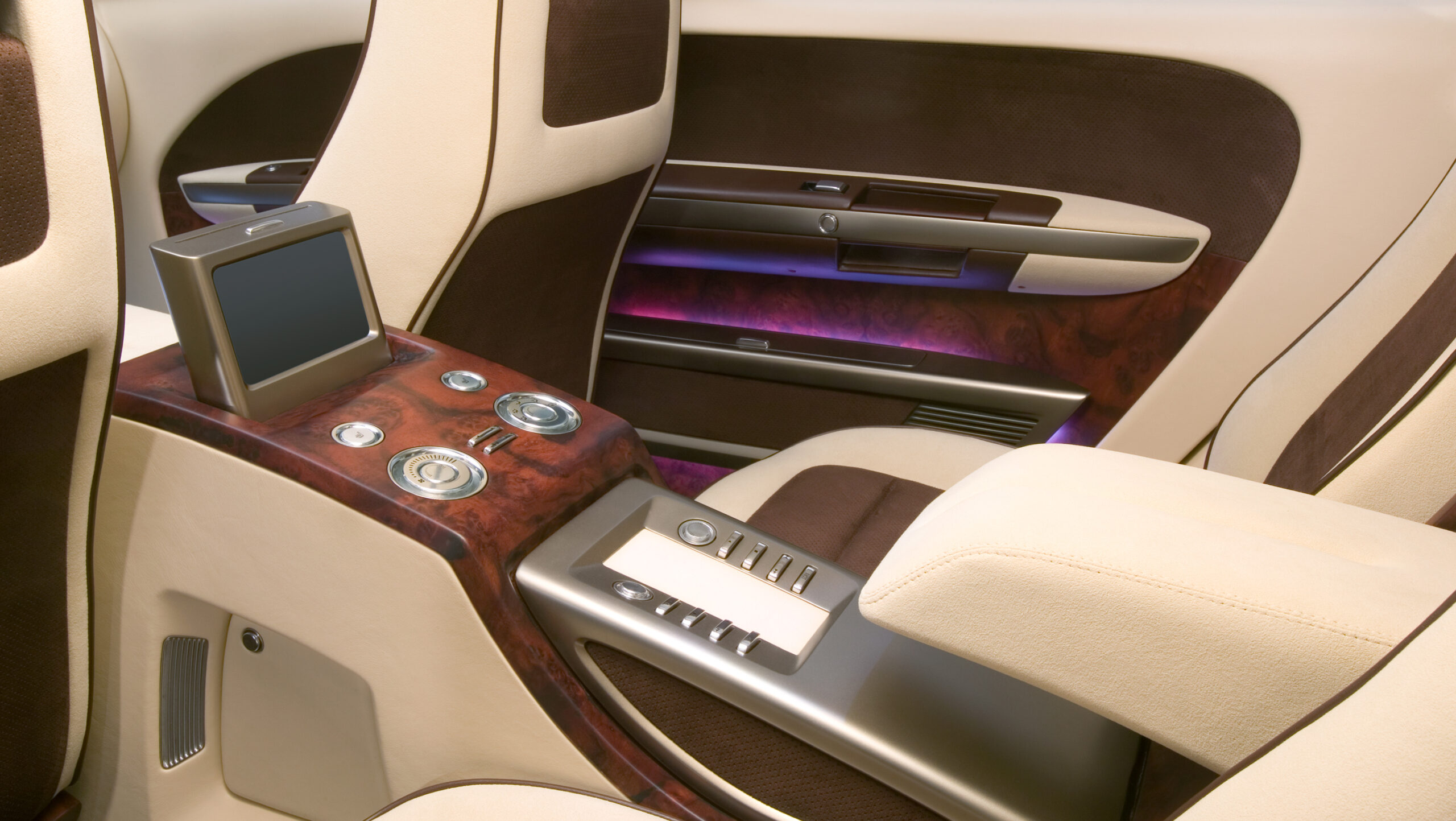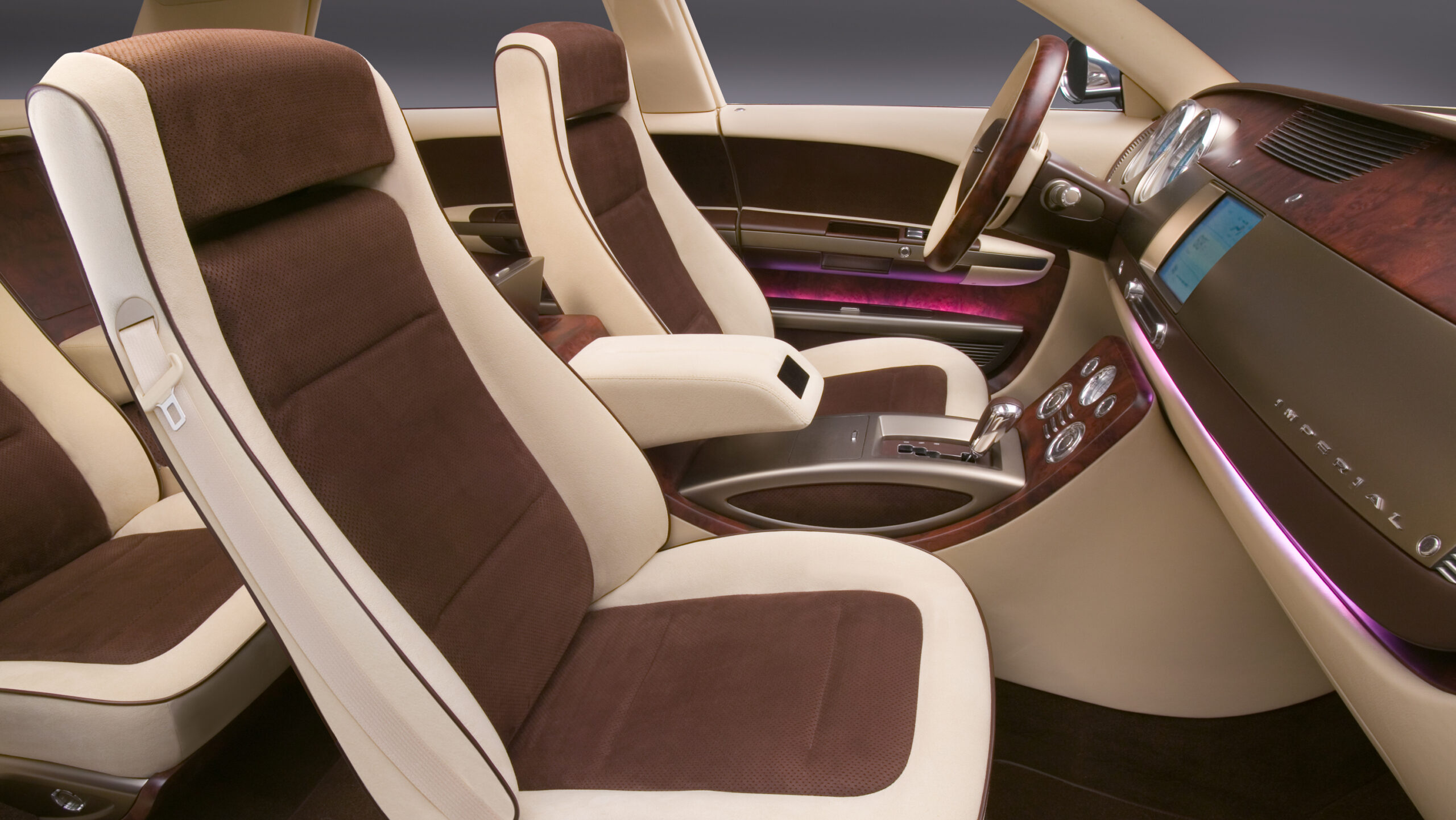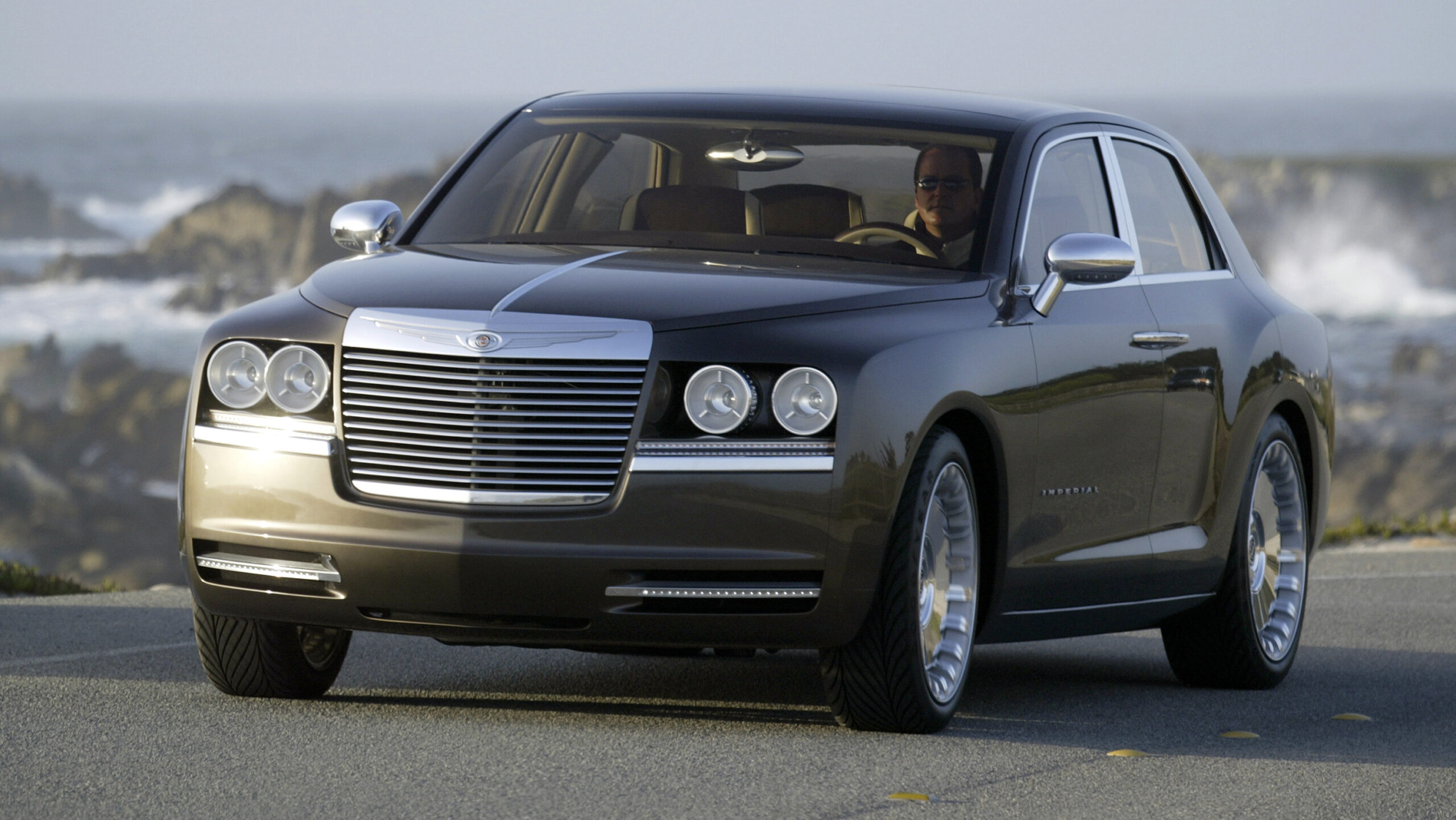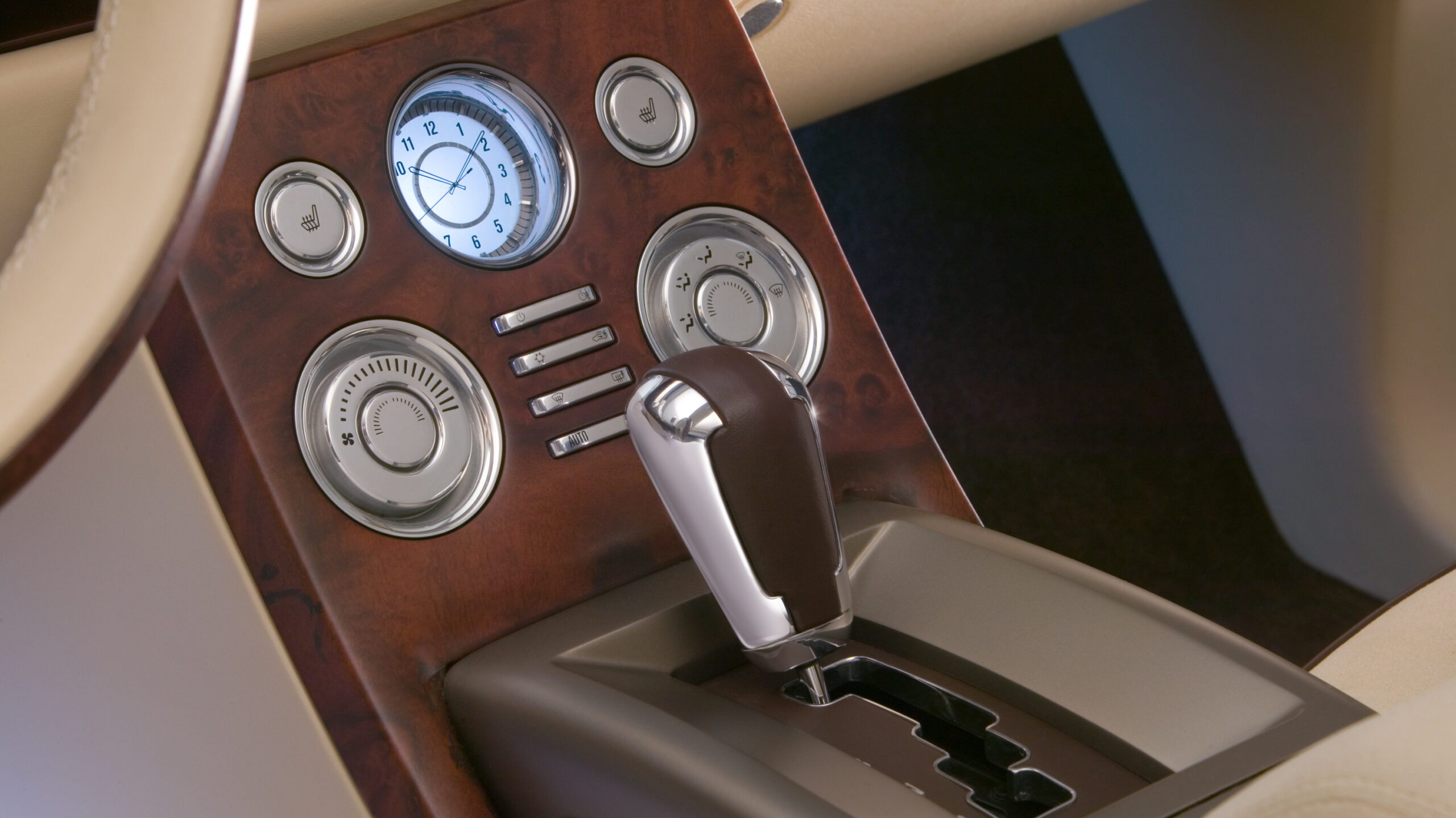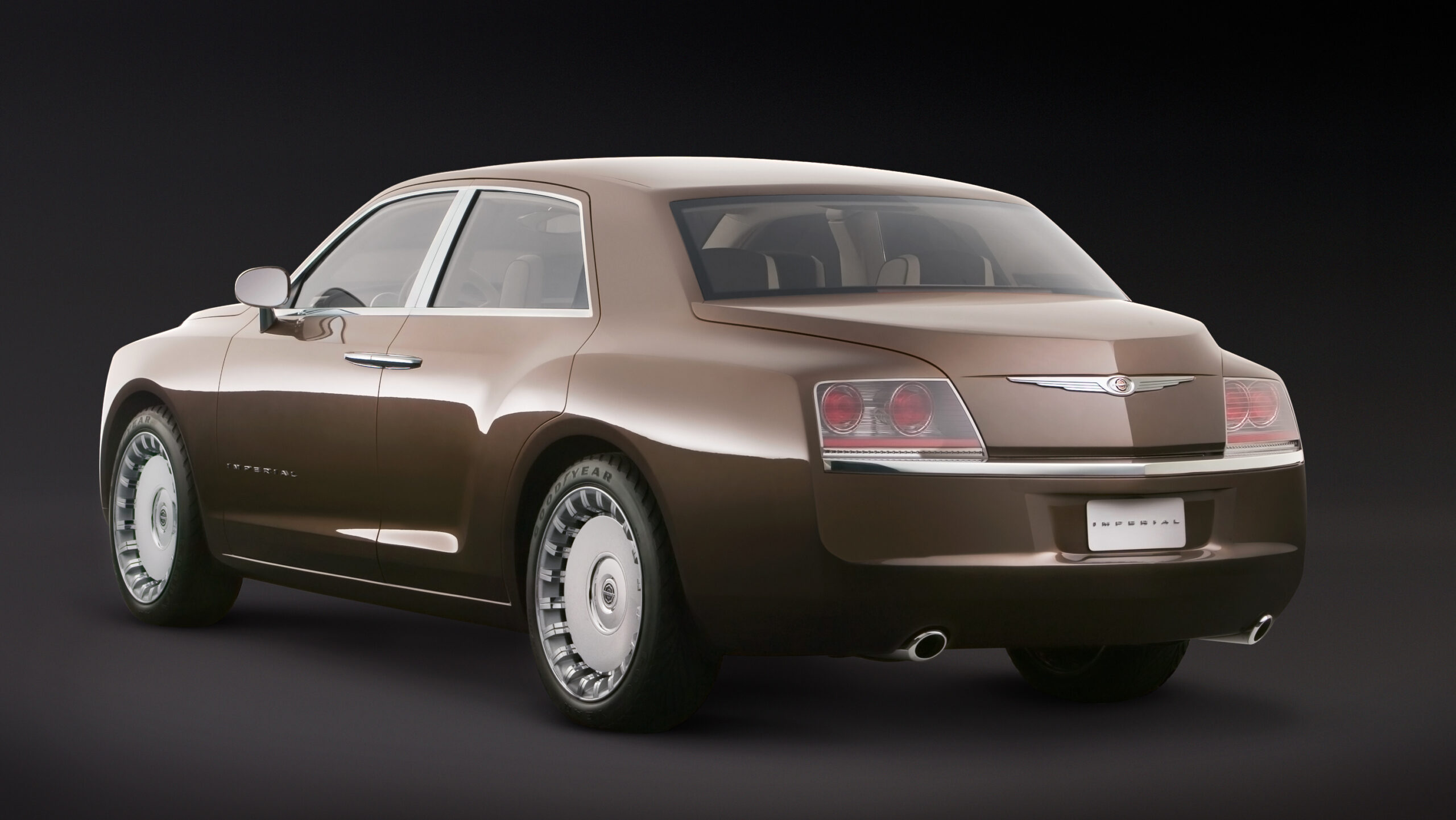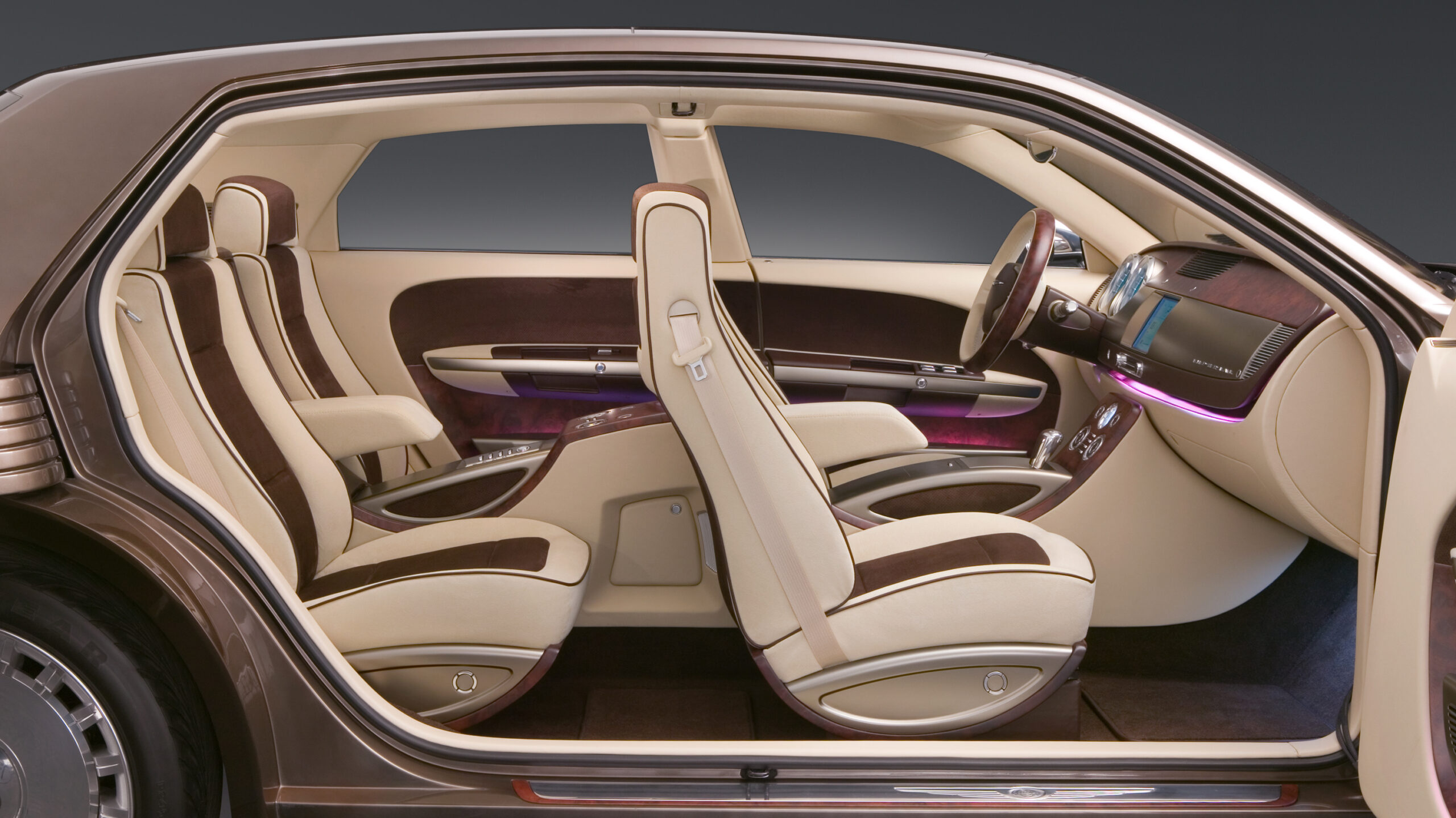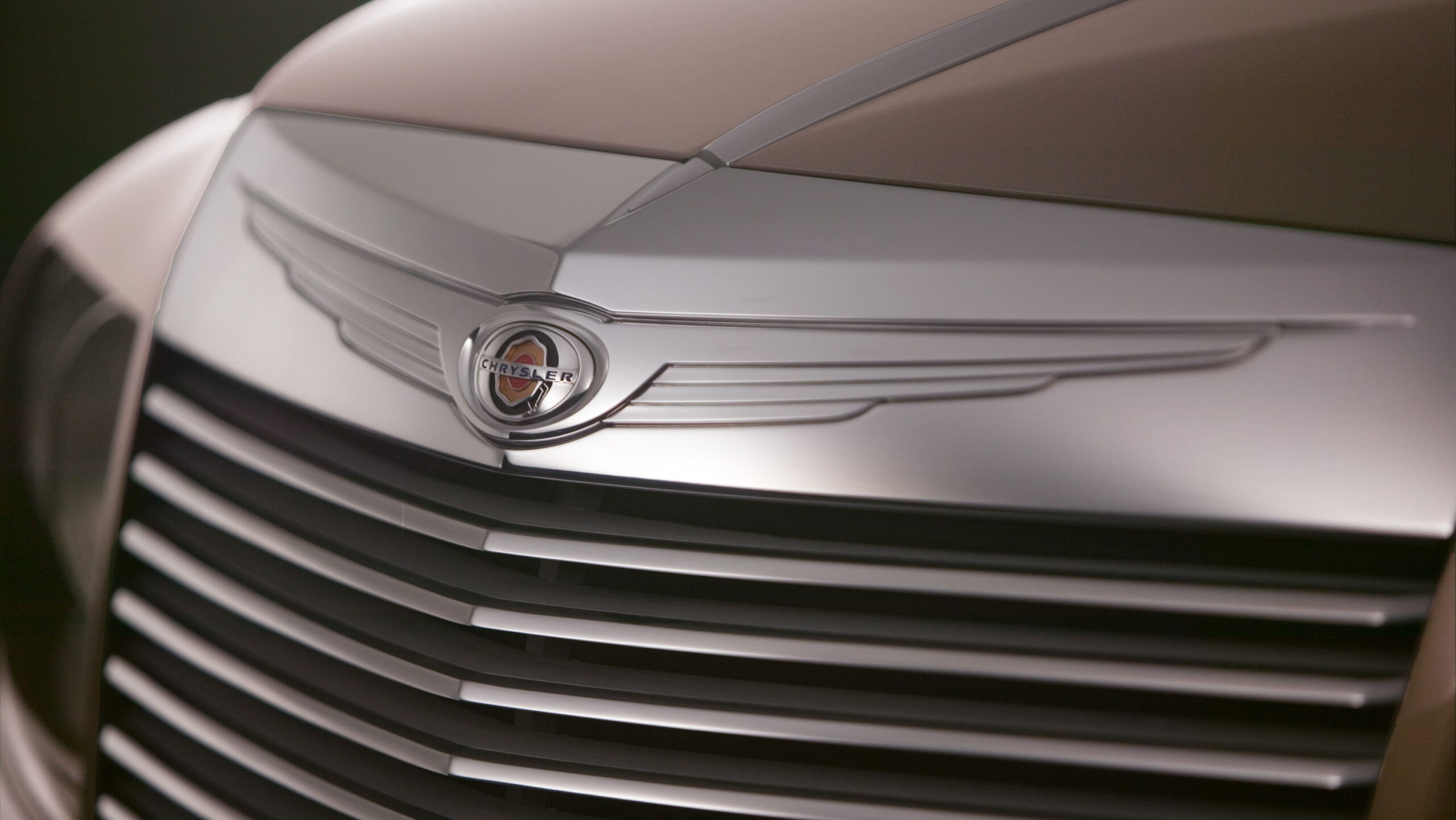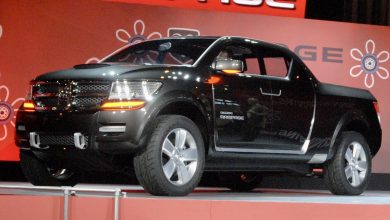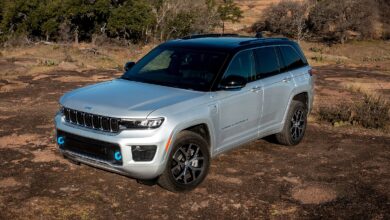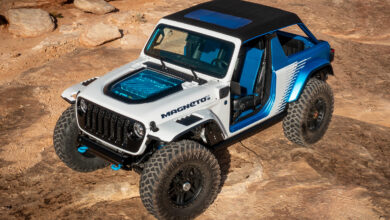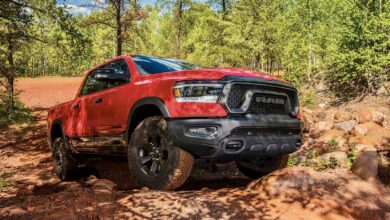The 2006 Chrysler Imperial Concept car was more than just a vehicle; it was a bold statement by Chrysler, aiming to reclaim its place among the luxury giants of the automotive world. Drawing inspiration from its storied past, the Imperial Concept sought to blend the elegance of classic Imperials with modern design and technological innovation. This ambitious project was a nod to the grandeur of yesteryear’s Imperials while charting a new course for the future of luxury sedans.
A Nod to Heritage –
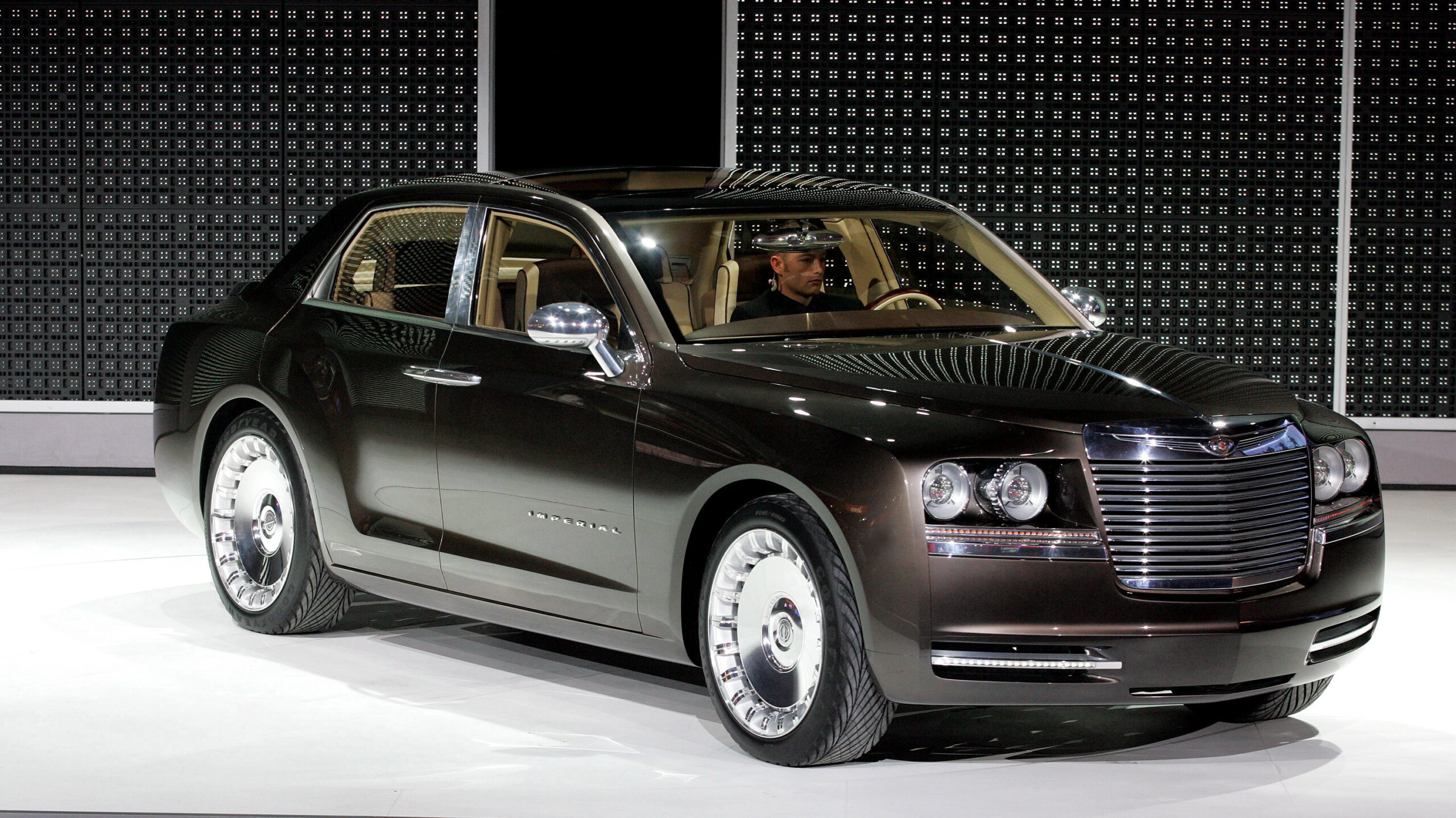
At first glance, many enthusiasts noticed the Imperial Concept’s striking resemblance to a Rolls-Royce, but Chrysler’s Design Studio emphasized its roots in the company’s heritage. The design drew from classic 1930s, 1950s, and 1980s Imperials, along with visionary concept cars like the 1955 Chrysler Falcon and the 1952 Chrysler d’Elegance by Ghia. These influences were evident in the car’s massive grille, bold proportions, and stately presence—hallmarks of the classic American luxury sedan.
Design and Craftsmanship –
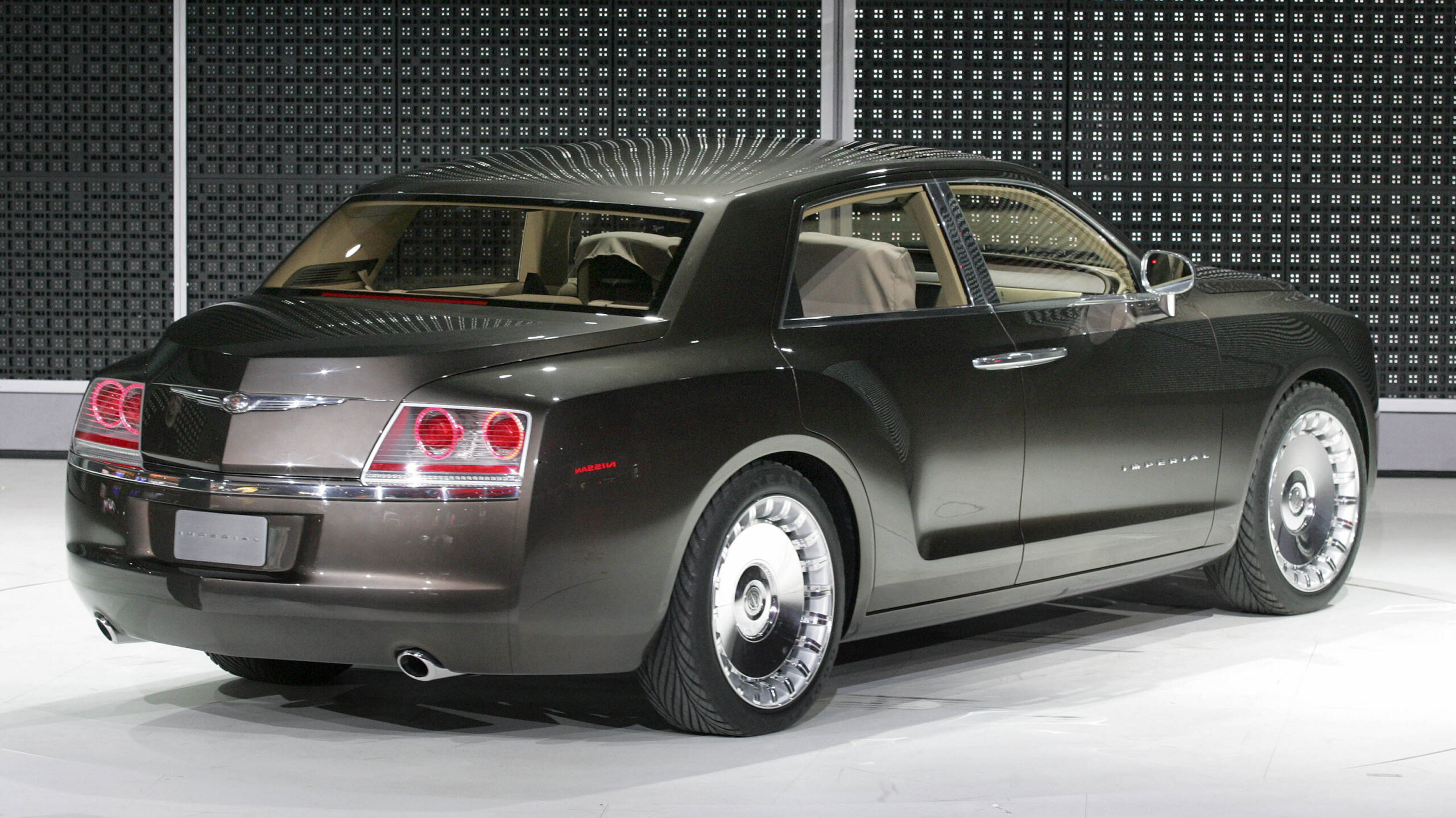
Principal Exterior Designer Mike Nicholas described the exterior as a blend of “stately nobility, hand craftsmanship, and modern dynamic sculpture.” The Imperial was built on the Chrysler 300’s LX platform, with a wheelbase stretched by three inches to a total of 123 inches. The car was 17 inches longer and six inches taller than the 2006 Chrysler 300C, creating a more commanding presence. Its roof was pulled rearward to enlarge the cabin, enhancing the luxury feel and providing a higher seating position for passengers—seven inches higher than in the standard 300.
The front of the Imperial Concept featured a V-shaped design dominated by a massive grille with narrow linear elements of brushed and polished aluminum. The signature Chrysler winged logo sat proudly in the center, its shape echoing the V-shaped grille. Polished aluminum parabolic pods housed projector-beam headlights, drawing from the design elements of Chrysler models from the 1930s and 1960s. The rear of the car boasted individual circular taillights with floating outer rings and modern LED lighting, a nod to the “gunsight” taillights of past Imperials.
Luxury and Innovation Inside –
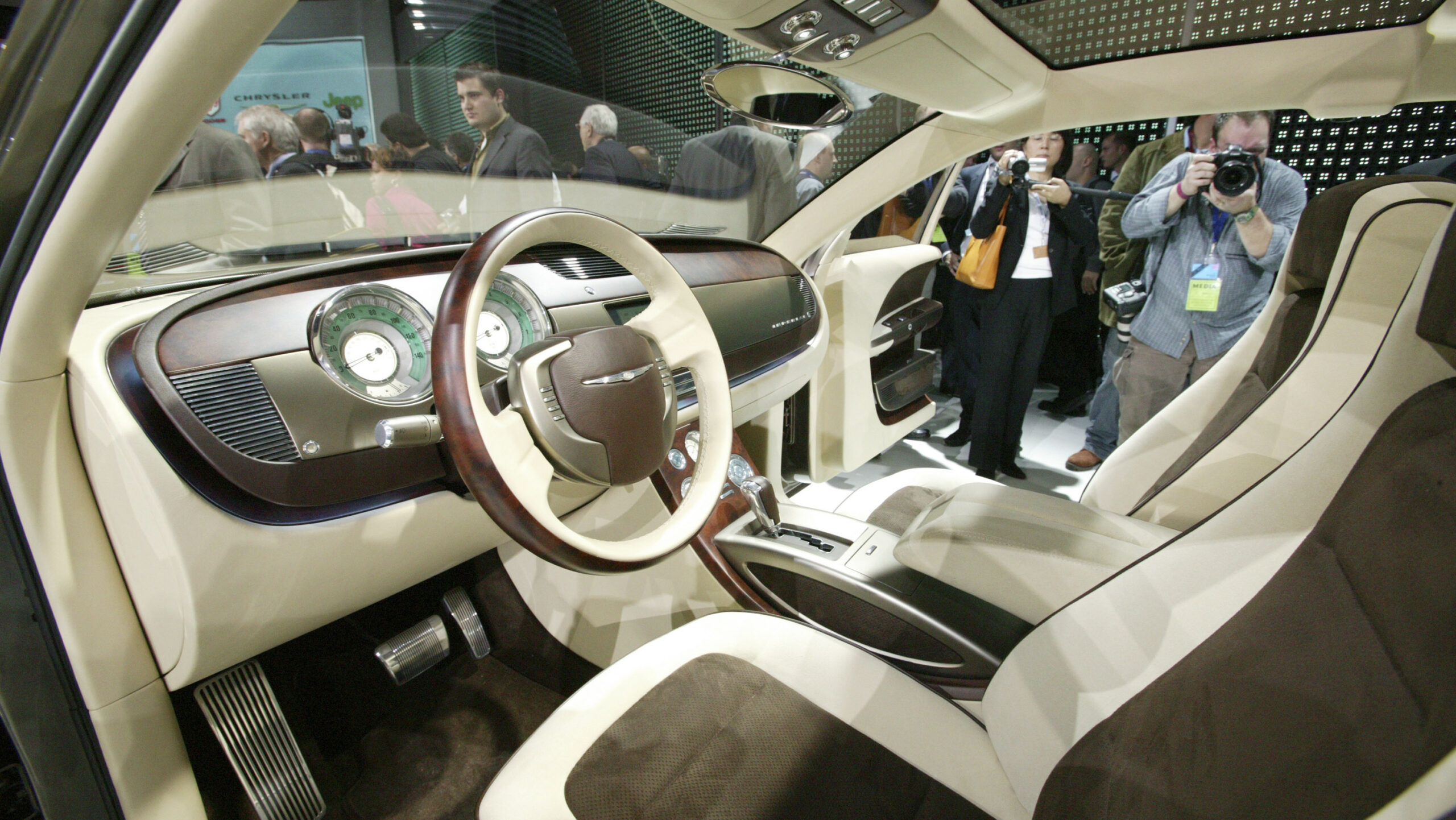
Stepping inside the Imperial Concept was akin to entering a world of opulence and sophistication. The absence of a B-pillar allowed for the dramatic entrance of passengers through French doors. The “Chrysler Bronze” exterior color was complemented by a luxurious interior featuring rich Bay Brown and Birch Creme tones. The cabin was adorned with supple leather, soft suede, California burl wood, and metallic-like accents in a warm bronze finish.
Nick Malachowski, Principal Interior Designer, emphasized a hand-crafted approach, with everything inside the car feeling “nested, fitted, and hand-crafted.” The interior design eschewed unnecessary gadgetry, focusing instead on intuitive controls and driver comfort. A touchpad on the suspended center console allowed for easy adjustment of the radio, climate, and navigation settings. The fixed driver airbag/horn pad ensured that radio and cruise-control switches remained stationary regardless of steering wheel movement.
The dashboard featured two large circular pods encasing sculpted gauges with satin faces and polished aluminum bezels, designed to please both the eye and the mind. The windshield extended to the mid-point of the roof, offering front-seat occupants an expansive view. The glass had a distinctive bronze tint, harmonizing with the car’s overall color palette. Rear passengers enjoyed individual reclining seats, dual-view entertainment screens, and wireless headsets, enhancing the luxury experience.
Power and Performance –
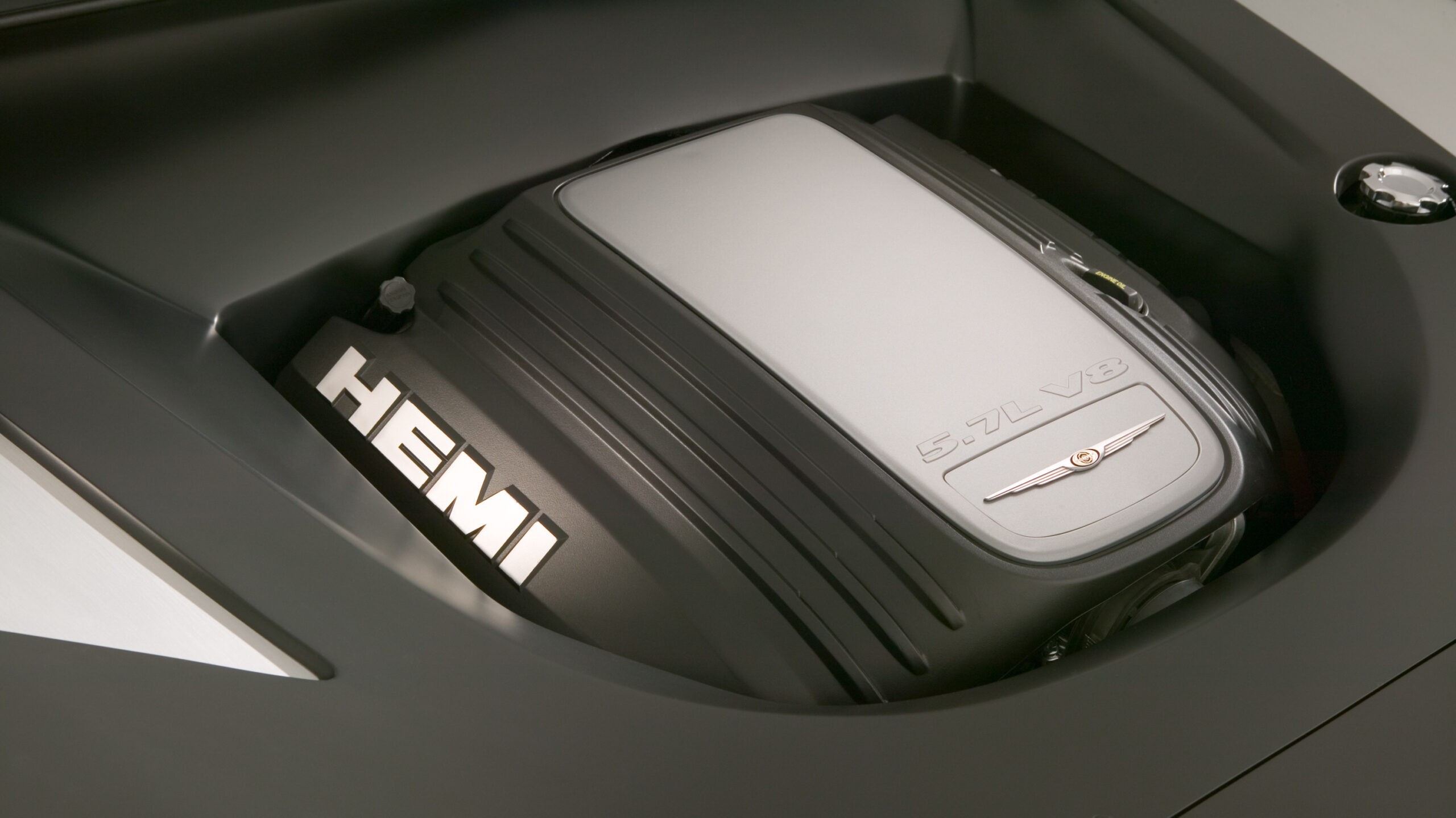
Under the hood, the Imperial Concept was powered by a 5.7-liter (345 cubic-inch) HEMI® V8 engine from the Chrysler 300C, delivering 340 horsepower and 390 lb.-ft. of torque. This power was channeled to the rear wheels through an A580 5-speed automatic transmission. Chrysler estimated the Imperial could accelerate from 0 to 60 mph in 5.5 seconds and cover a quarter-mile in 14.5 seconds, making it luxurious and impressively quick.
The Road Not Taken –
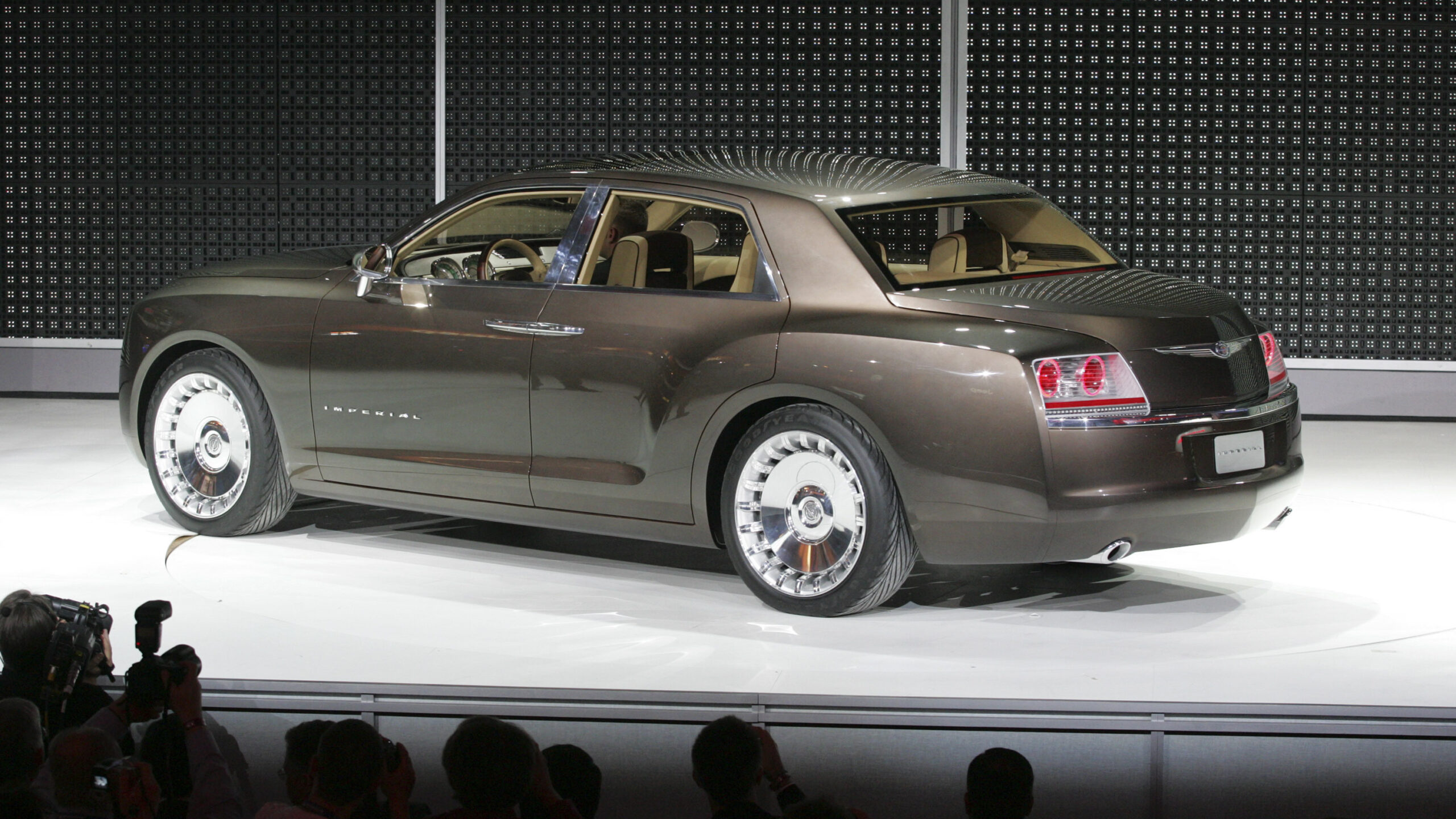
Despite its promise, the Imperial Concept never made it to production. Instead, Chrysler chose to produce a long-wheelbase version of the Chrysler 300, called the “300 Executive Series,” in 2007. This decision left many wondering what might have been had the Imperial Concept become a reality. Nevertheless, the 2006 Chrysler Imperial Concept remains a testament to Chrysler’s ability to blend heritage and innovation, creating a true halo luxury vehicle that could have redefined American luxury sedans. The car continues to be part of the Chrysler Heritage Collection at the Conner Center in Detroit, Michigan.

